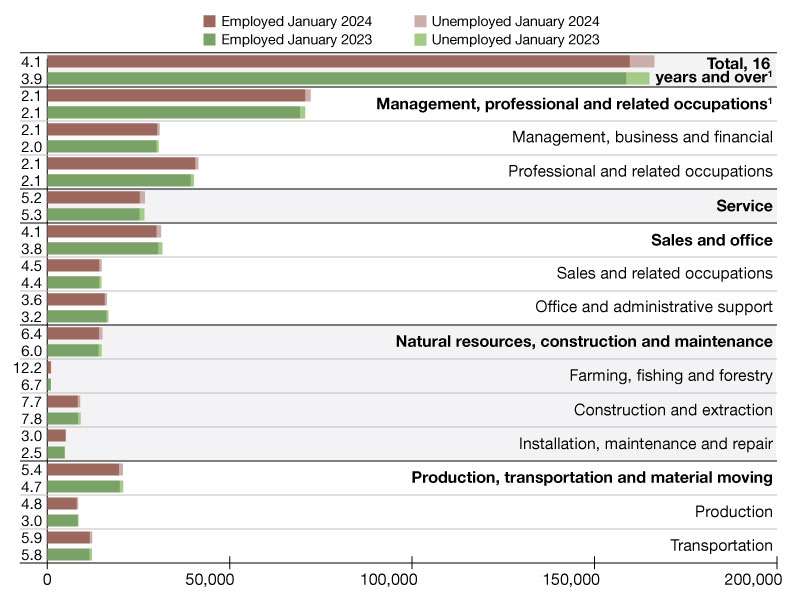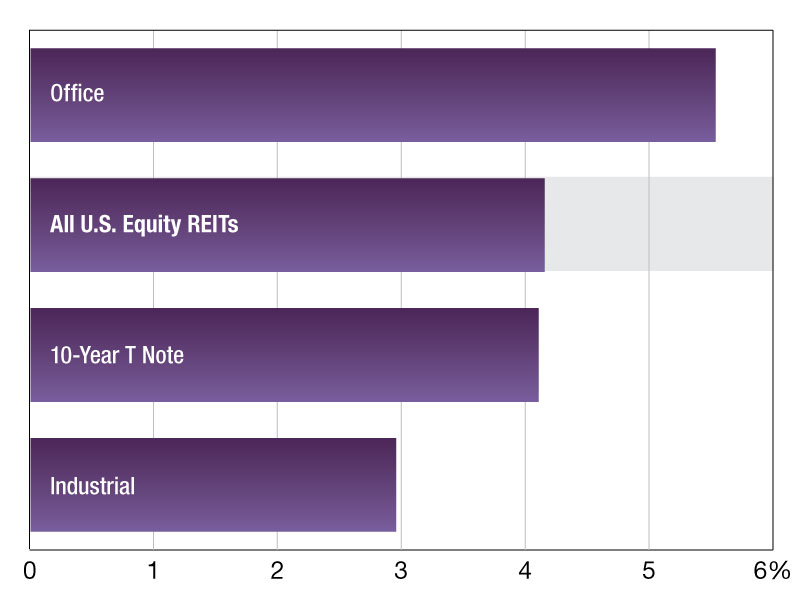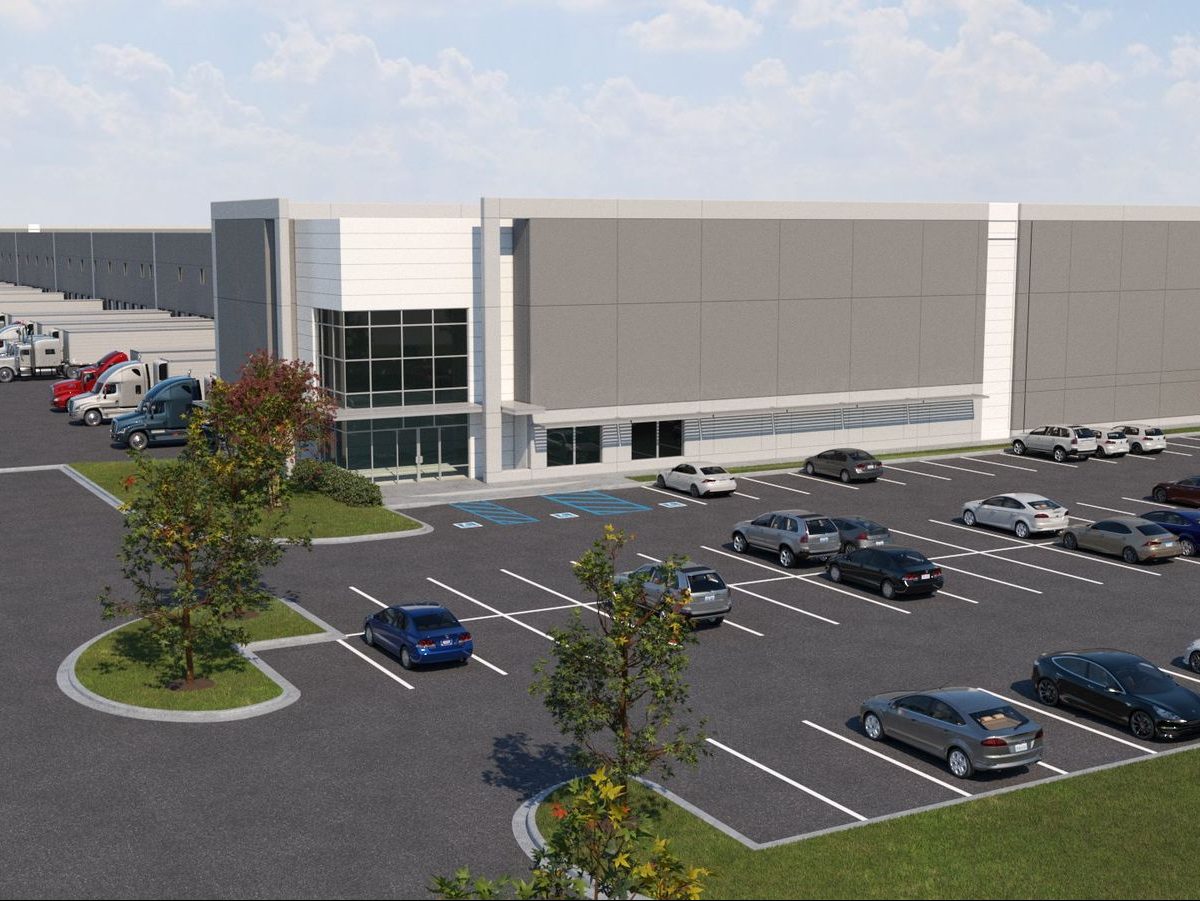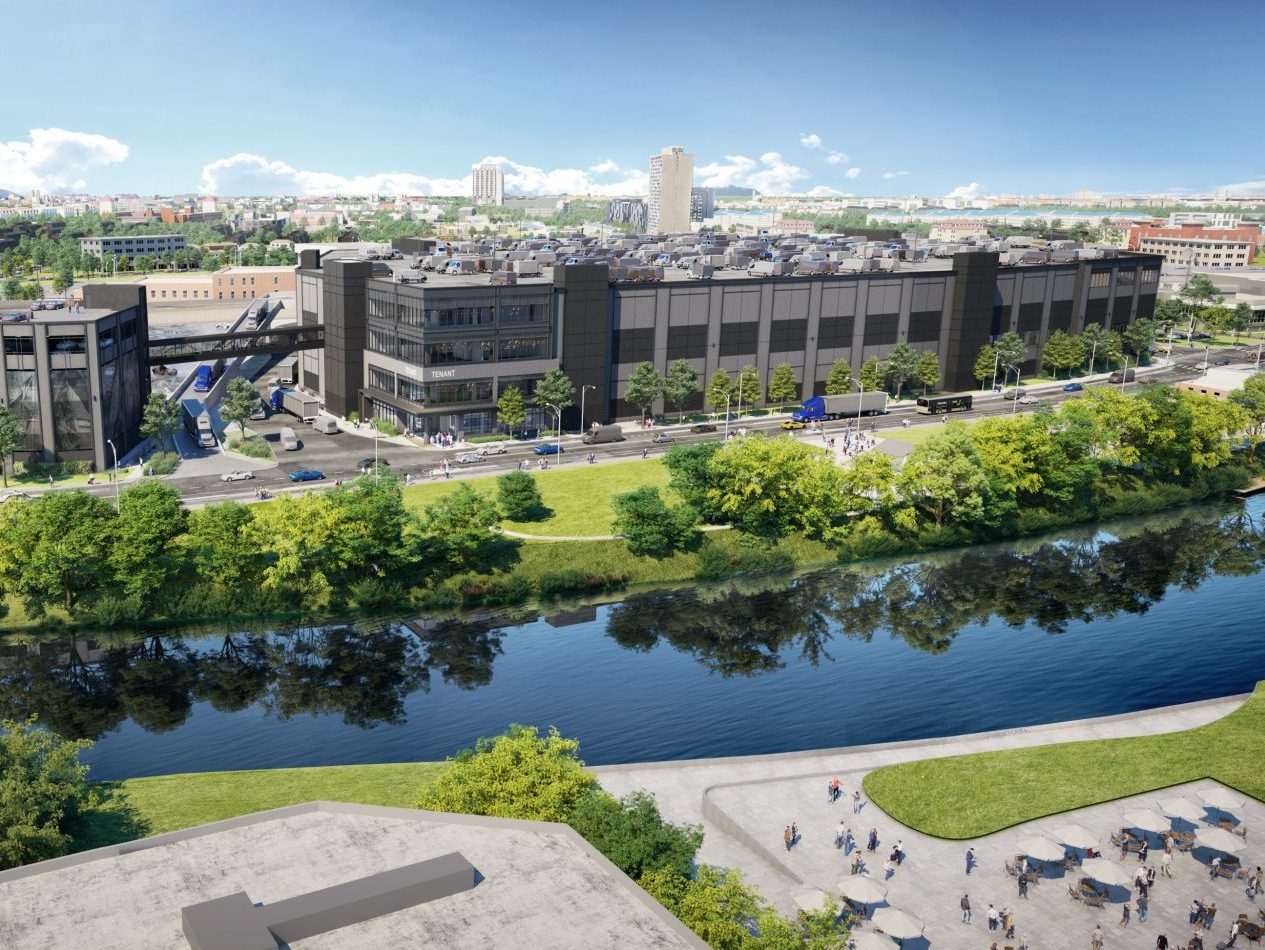How Cool is Cold Storage Today?
Strong demand from online food sales is creating more opportunities for cold storage warehouse construction in the U.S., but challenges remain for developers and investors, according to the latest CBRE report.
Spurred by growing online food sales, especially direct-to-consumer food delivery services, there is a strong demand for more refrigerated warehouses in the U.S. But new construction is lagging behind dry warehouse development, according to a new report from CBRE.
READ ALSO: Cold Storage is Cool, But Can You Stay Out of Hot Water?
The 20-page report, Food on Demand Series: Cold Storage Development Opportunities Heat Up, is the second installment in a three-part series from CBRE Research exploring the cold storage industry’s impact on industrial and logistics real estate. The conclusion—there are opportunities and challenges for investors.
CBRE notes costs for the development of a cold storage warehouse can be two to three times higher than a traditional dry warehouse and take up to five months longer to build. Other top challenges: There is a small pool of developers and operators in the space; the complexity and cost of building a temperature-controlled facility; risk in building a spec cold storage warehouse and inflexibility of the space. It’s difficult and costly to convert a cold storage warehouse to a dry warehouse. Cold storage facilities also need higher clearance heights. The standard clearance height for a modern freezer/cooler building ranges from 40 to 60 feet compared to 34 to 36 feet for a dry warehouse.
There is approximately 4.5 million square feet of new cold storage construction recently completed or being developed across the U.S., most of it preleased. CBRE notes this accounts for just 1.5 percent of the current industrial construction in the nation as of the second quarter of 2019. One of the newest spec cold storage facilities was completed in July near Fort Worth, Texas, where Hunt Southwest and FCL Builders constructed a 300,000-square-foot cold storage property that can be used as a freezer or cooler. Some of the other Class A cold storage developments that have been completed since 2016 are in Romulus, Mich.; Burien, Wash.; Elizabeth, N.J.; Burley, Idaho; Rochelle, Ill.; Los Angeles; McDonough, Ga., and Oakland, Calif. Lineage Logistics and Dreisbach Enterprises are the main operators of the 266,000-cold storage and logistics facility along with the Port of Oakland at the Oakland site.
Cool predictions
CBRE expects the demand for cold storage space to continue, as more investors become interested and understand the property type. They predict that will lead to more spec developments in the future. CBRE also expects more development will occur in smaller markets, as land and construction costs increase in major metros. The markets expected to see increased cold storage development include Wilmington, N.C.; San Antonio, Texas, and Savannah, Ga., which has seen increased shipping traffic and industrial development at or near the port.
The report also notes there will be greater automation in the design and operation of cold storage warehouses that will be driven by the larger retailers. Automation allows more flexibility, particularly for third-party logistics operators, and also provides higher density, greater height, smaller footprint and around-the-clock operation. Significant capital investment is required for this kind of automation, adding to the costs of developing a cold storage warehouse versus a dry facility.
But CBRE states there is upside to developing and running cold storage facilities—they command higher rents than dry warehouses and occupiers tend to commit to long-term leases of 10 or more years.








You must be logged in to post a comment.